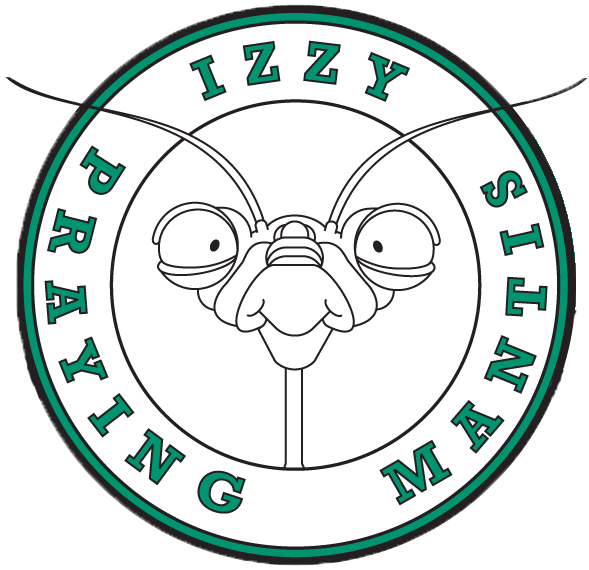 Download This Lesson: Pushy Plants
Download This Lesson: Pushy Plants
Brief Description: Students will learn that all living things depend on plants and that plants that “overgrow” will threaten their habitat. They will also learn about invasive and endangered species of plants. Using their new vocabulary, students will play games and talk about methods to control these species.
Focus Areas: Plant Lifestyles; Science
Focus Skills: recognizing cause and effect, examining habitats, understanding scientific terms
Objectives
- To understand that plants which “overgrow” their environment threaten habitats
- To understand that other living things depend on plants
Essential Questions
- Why are some plants considered invasive?
- How do other living things depend on plants?
Essential Understandings
- Plants whose rates of growth threaten to crowd out other plants and animals that share the same habitat are considered invasive plants.
- Plants provide food, medicines, shelter, fuel, and even the oxygen that other living things need to survive.
Background
Over 20,000 plant species are endangered. They are facing the threats of over harvesting and habitat destruction. Human activity is responsible for over harvesting and in many cases the loss of natural habitats. However, man alone isn’t solely to blame for the destruction of habitats.
Some plants have very strong survival skills, and they grow so well that they push other plants and even animals out of areas where they are. For example, purple loosestrife and common reed can choke wetlands. Oriental bittersweet, although very pretty takes more than its share of nutrients from trees and other plants that grow in the forest. A certain kind of thistle has taken over large areas of grassland where cattle graze.
Vocabulary
alien species -a plant or animal introduced into a habitat that is not its natural home
biological control a method of managing pests using their natural enemies
carbon dioxide gas expelled by animals exhaling, and used by plants to make food
control methods biological: the natural enemy of the target pest released to reduce pest numbers; chemical: a man-made spray or powder used to destroy the targeted pest; mechanical: removal of the pest by trapping, cutting, mowing, or mulching; physical: digging up or otherwise physically removing the target pest
endangered species a group of plants or animals that are in danger of becoming extinct
exhale to breathe out
extinct species a group of plants or animals that no longer lives on earth
habitat the environment in which a plant or animal lives
inhale to breathe in
invasive species a plant or animal introduced from another region whose life cycle and adaptations to its environment allow it to take over an area and push other plants and animals out
native species a plant or animal living in its natural habitat
oxygen a gas expelled by plants during food production and inhaled by animals to breathe
photosynthesis the process by which plants store energy to produce food
Logistics
Time: 30 minutes. Group Size: 5 to 30, Space: an area for comfortable seating
Materials
- Izzy puppet *
- Threatened and Endangered Species
- Picture Card Set *
- a copy of the weekly lunch menu
- Overhead 1 “Invasive Plants” *
- The Pushy Plant Game board *
- game pieces (Handout 1, “Pushy Plant Game Deck”) dice
*single copy provided
Preparation
- Collect needed materials from the kit.
- Review Background.
- Make copies of Handout 1, “Pushy Plant Game Deck”.
Correlations to State of Maine Learning Results: Parameters for Essential Instruction
ELA = English Language Arts, HE/PE = Health Education and Physical Education, MA = Mathematics, SCI = Science, SS = Social Studies, VPA = Visual and Performing Arts
** Alignment possible only if lesson extension is done
|
Grade Span |
Maine Learning Results |
|
PreK-2 |
ELA – E. Listening SCI – E. The Living Environment |
|
Grades 3-5 |
SCI – A. Unifying Themes (**Extension: Students explain what happens to an organism |

